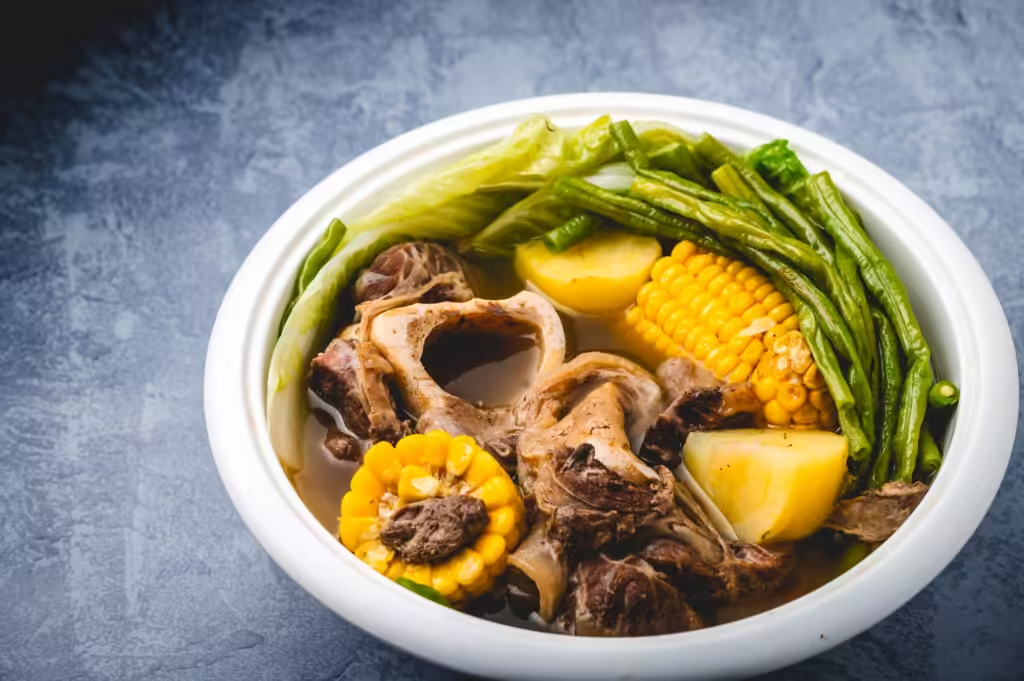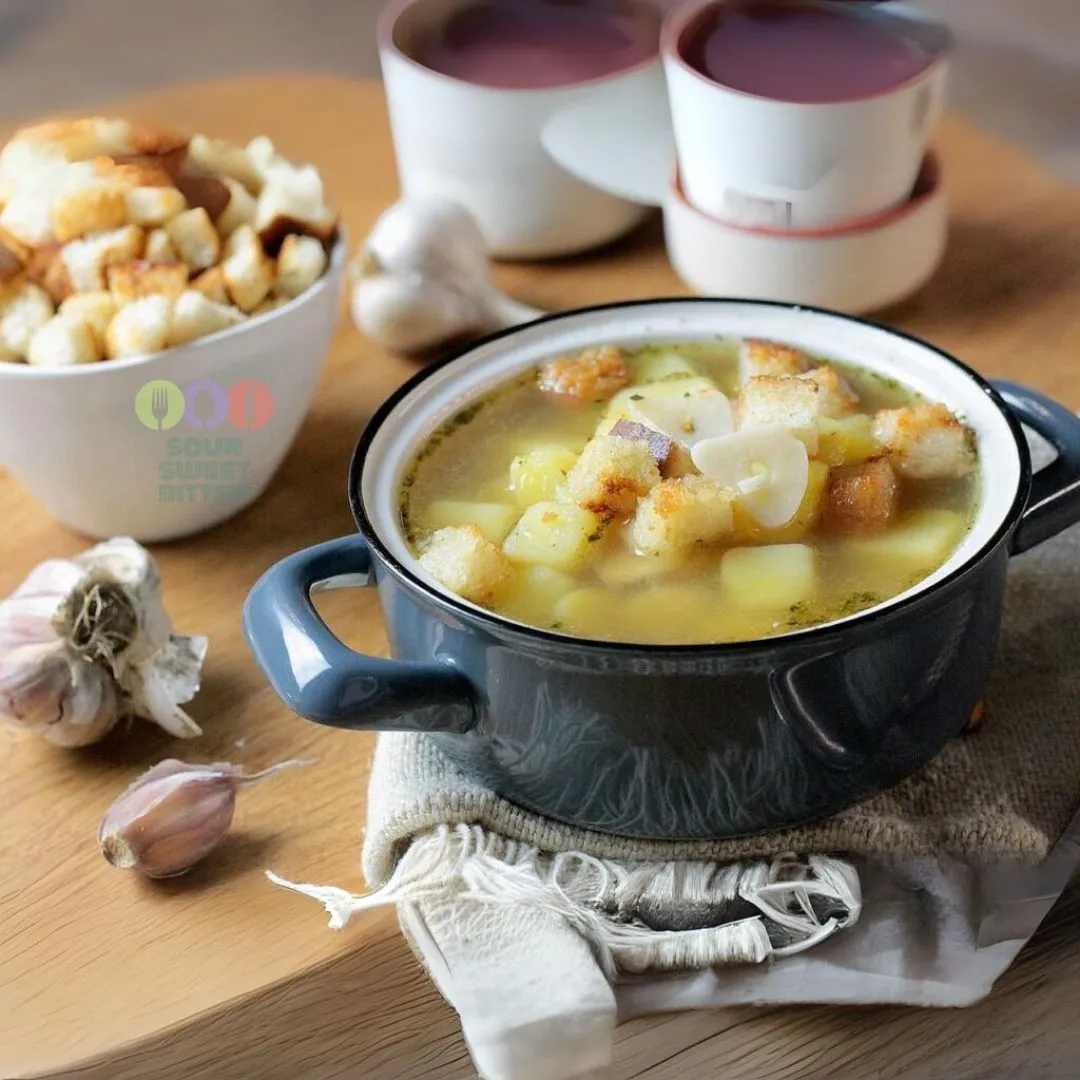Filipino Bulalo: A Hearty Soup Steeped in Tradition
Bulalo, a beloved Filipino soup, is celebrated for its rich flavors and comforting warmth. Made by slow-cooking beef shank and marrow bones, this dish carries deep cultural significance and historical roots in Filipino culinary tradition. Exploring Bulalo’s origins and appeal reveals why both locals and food enthusiasts cherish it.
The Origins of Bulalo: A Timeless Filipino Tradition
This comforting soup originated in the Tagalog-speaking regions of the Philippines, especially in Batangas, known for its quality beef. Over time, it spread throughout the country, quickly becoming a favorite for its simplicity and satisfying taste. Traditionally, cooks simmer beef shanks and bones for hours, allowing the marrow to infuse the broth with rich flavors, resulting in a deeply nourishing dish.
Historically, farmers and workers enjoyed Bulalo after long hours of labor. The beef marrow provided them with a comforting meal that energized them for the following day. Because of this, it became a symbol of sustenance and resilience, representing the strength and warmth of the Filipino spirit.
A Soup That Brings People Together
In Filipino culture, Bulalo is much more than just food—it’s a shared experience. Families and friends often come together to enjoy this dish, as its communal nature brings people closer. Typically served hot, alongside dipping sauces and rice, it makes a complete meal enjoyed by all.
Additionally, its cultural value lies in accessibility. While traditionally made with premium beef shanks, it can be adapted to fit different budgets, making it popular across the Philippines. This versatility allows people from all walks of life to enjoy Bulalo, from humble households to upscale restaurants.
Bulalo Today: A Dish that Crosses Borders
Today, this dish remains a cherished comfort food in the Philippines and beyond. Filipino restaurants worldwide proudly serve Bulalo, introducing its flavors to new audiences. In addition to traditional recipes, modern versions often include vegetables like corn, green beans, and cabbage, which add layers of flavor and color to the broth.
Its growing popularity outside the Philippines reflects a broader appreciation for Filipino cuisine on a global scale. This hearty soup embodies Filipino warmth, hospitality, and resilience, making it an ideal representative of the country’s culinary culture.
Preserving a Culinary Legacy
Bulalo stands as a testament to Filipino cooking heritage, blending simplicity with depth of flavor. Its enduring popularity highlights a love for soul-warming dishes that bring comfort and connection. As it continues to find its way into homes and restaurants worldwide, this dish carries the spirit of Filipino hospitality, inviting everyone to experience a taste of this cherished tradition.
Discover Traditional Recipes from Philippines Discover Traditional Asian Recipes You may like this also: Iranian Fesenjan
Filipino Bulalo
Ingredients
Instructions
Prepare the Beef Shank:
-
Rinse the beef shank pieces under cold water to remove any bone fragments and impurities.
-
In a large pot, place the beef shank and cover with water. Bring to a boil over high heat.
-
Once it starts to boil, reduce the heat to a simmer and let it cook for about 10 minutes. Skim off any scum that rises to the top.
Simmer the Broth:
-
After removing the scum, add the crushed garlic, quartered onion, and whole black peppercorns to the pot.
-
Simmer the beef shank for about 1.5 to 2 hours, or until the meat is tender and almost falling off the bone. Make sure to occasionally check and skim off any impurities from the surface.
Add Vegetables:
-
Add the corn chunks to the pot and let it cook for about 10-15 minutes.
-
Add the potatoes and carrots and continue to simmer until the vegetables are tender, around 15-20 minutes.
Season the Broth:
-
Add fish sauce (patis) to taste. Start with 2 tablespoons and adjust according to your preference. You can also add salt if needed.
Finish with Greens:
-
Add the cabbage quarters and cook for another 5 minutes.
-
Finally, add the pechay (bok choy) and let it cook for another 2-3 minutes until just wilted but still vibrant green.
Serve:
-
Turn off the heat and let the soup sit for a few minutes to allow the flavors to meld together.
-
Serve hot with steamed rice and a dipping sauce of fish sauce with calamansi (or lemon) and chili if desired. Bon Appetit!













